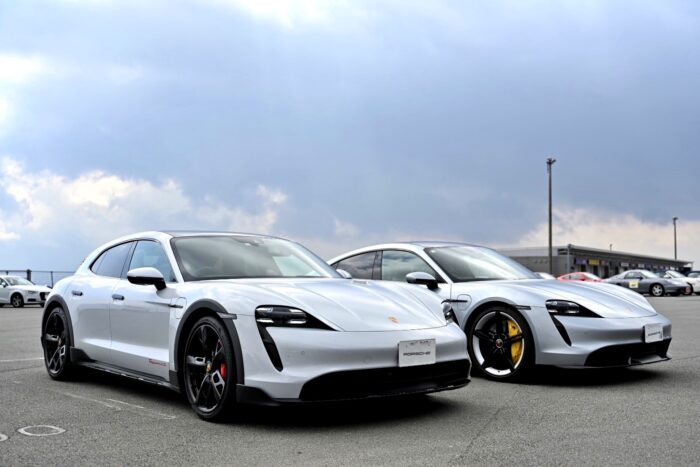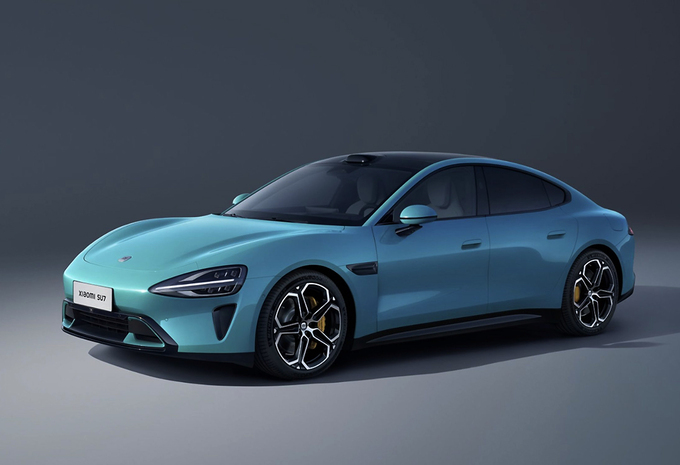Why Porsche Faces Challenges in China and Its Future Prospects
公開日:2025.02.21

コンテンツ
For many years, German automakers have held a strong position in China’s high-performance car market thanks to their precise engineering.
However, this situation seems to be changing. Chinese competitors are redefining what a high-end car means—shifting towards electric vehicles that are smart and affordably priced—putting German brands under pressure.
Changes in the Chinese Market
Emerging Chinese EV makers are producing many cars that resemble those from German rivals.
For example, Xiaomi’s SU7 bears a striking resemblance to the Porsche Taycan. Not only does the SU7 match the Taycan in power and braking performance, but it also features integrated AI (artificial intelligence) that supports parking assistance and plays the driver’s favorite music.
Moreover, the SU7 is reportedly sold at about half the price of the Taycan. This combination of competitive pricing and cutting-edge technology is likely the key strength of Chinese manufacturers.

Xiaomi Su7
As a longtime Porsche enthusiast, this situation feels a bit bittersweet. Yet market shifts are inevitable, and adapting to them is essential.
Strengths and Challenges for German Brands
Of course, German automakers—especially Porsche—possess long-cultivated technological expertise and brand power.
I personally believe their engine and chassis design and manufacturing techniques remain at a very high level. The unique driving feel and ownership joy that Porsche cars offer are experiences hard to find elsewhere.
However, Chinese consumers seem to be changing what they want from a car. They increasingly value smart device functionality and entertainment features, not just transportation.
In this regard, Chinese manufacturers are investing heavily in AI and infotainment systems, pulling ahead. German brands like Porsche urgently need to catch up in this area.
Having bought a Tesla myself in Japan, I’ve firsthand experienced how German and Japanese automakers lag behind in software technology, so I understand this well.
Responding to Electrification
Another major shift is the move toward electrification. The Chinese government is strongly promoting electric vehicle adoption as part of its environmental policies, which benefits domestic manufacturers.
Porsche has responded by launching the Taycan and advancing electrification efforts, but in the Chinese market, this still seems insufficient. Challenges remain in battery technology and charging infrastructure.
However, Porsche possesses technological expertise honed in the world of motorsports. Its potential to improve hybrid technology and electric vehicle performance remains significant.
What We Hope to See from Porsche Going Forward
Going forward, Porsche will need to balance preserving its traditions with adopting new technologies and developing cars tailored to the Chinese market.
Rather than competing solely on electric and software technology, it might be worth returning to a strategy that highlights engine performance and hardware appeal—the very qualities that have long defined German cars.

Many Porsche owners and enthusiasts, myself included, are drawn to the brand’s power and driving performance. This appreciation will surely resonate in the Chinese market as well.
Porsche is now called upon to demonstrate even greater innovation and market adaptability. I look forward to warmly watching and supporting these changes.
このブログが気に入ったらフォローしてね!


Comment ( 0 )
Trackbacks are closed.
No comments yet.